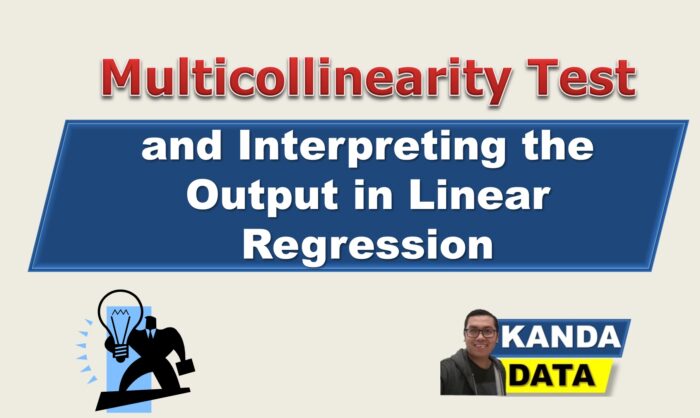Tag: multicollinearity test
How to Calculate the Variance Inflation Factor (VIF) in a Multicollinearity Test for Regression
In linear regression analysis, to obtain the best linear unbiased estimator, you need to perform a series of assumption tests. One of the assumption tests required in linear regression is the multicollinearity test.
Differences in Assumptions of Normality, Heteroscedasticity, and Multicollinearity in Linear Regression Analysis
If you analyze research data using linear regression, it is crucial to understand the required assumptions. Understanding these assumption tests is essential to ensure consistent and unbiased analysis results.
Multicollinearity Test in Multiple Linear Regression Analysis
In multiple linear regression analysis, there is an assumption that the model constructed is not affected by multicollinearity issues, where two or more independent variables are strongly correlated. Multicollinearity can lead to errors in parameter estimation and reduce the reliability of the model.
Understanding the Essence of Assumption Testing in Linear Regression Analysis: Prominent Differences between Cross-Sectional Data and Time Series Data
Linear regression analysis has become one of the primary tools for researchers to explore the influence of independent variables on dependent variables. The Ordinary Least Squares (OLS) method has been a mainstay in conducting this linear regression analysis.
Multicollinearity Test and Interpreting the Output in Linear Regression
One of the assumptions in linear regression using the ordinary least square (OLS) method is that there is no strong correlation between independent variables. To get the Best Linear Unbiased Estimator in linear regression with ≥ 2 independent variables, you must be fulfilled the non-multicollinearity assumption.


